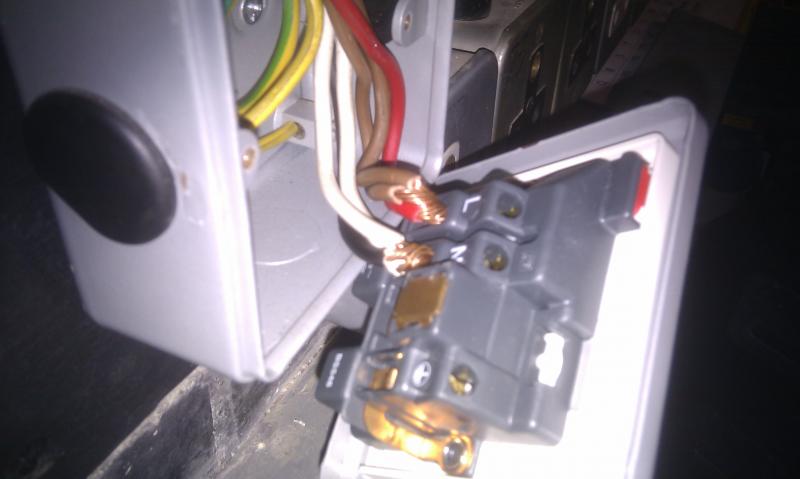B
Big Tone
Yes, the annealing process as it’s known. I have a feeling it’s better in designs where the screw or thread has been manufactured at an angle, effectively forcing the wire further into the hole.
I’m convinced the problem is worse where it’s just straight, as in perpendicular to the wire. (Not sure if I could have explained that better, but you know what I mean).
I have a theory about this. (Method in their madness).
I’m convinced the problem is worse where it’s just straight, as in perpendicular to the wire. (Not sure if I could have explained that better, but you know what I mean).
I have a theory about this. (Method in their madness).


